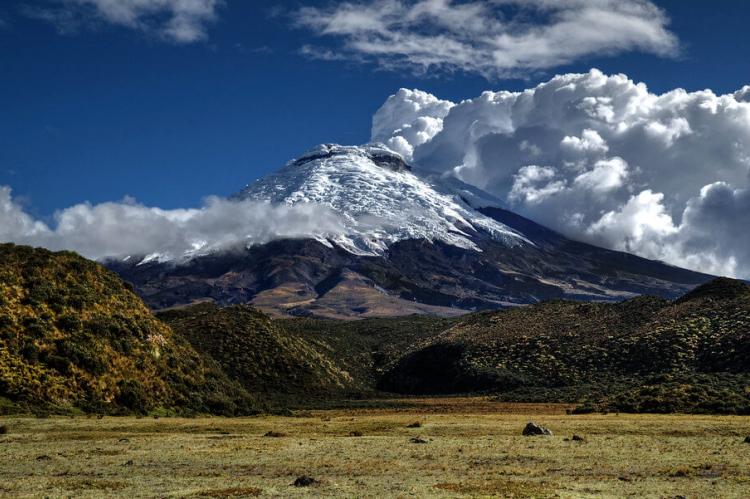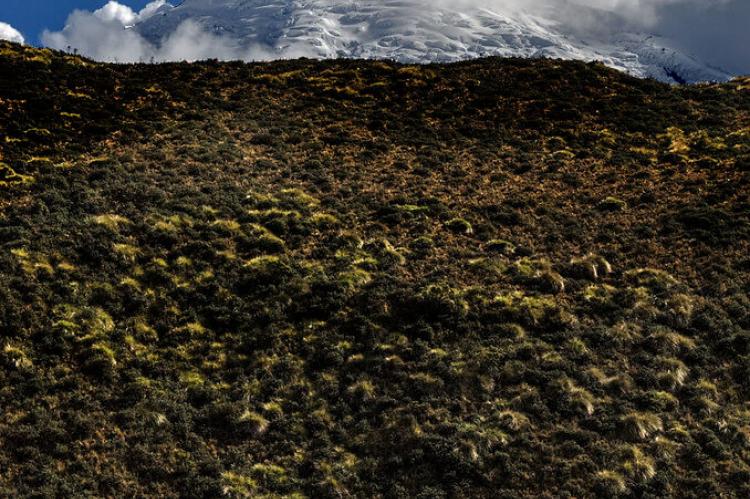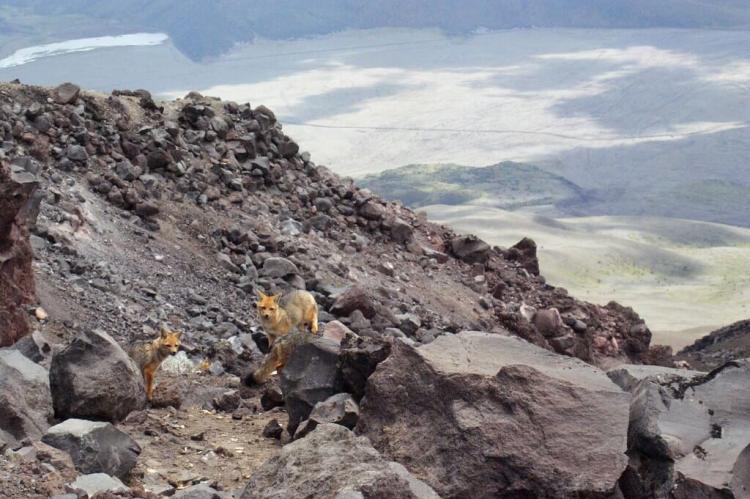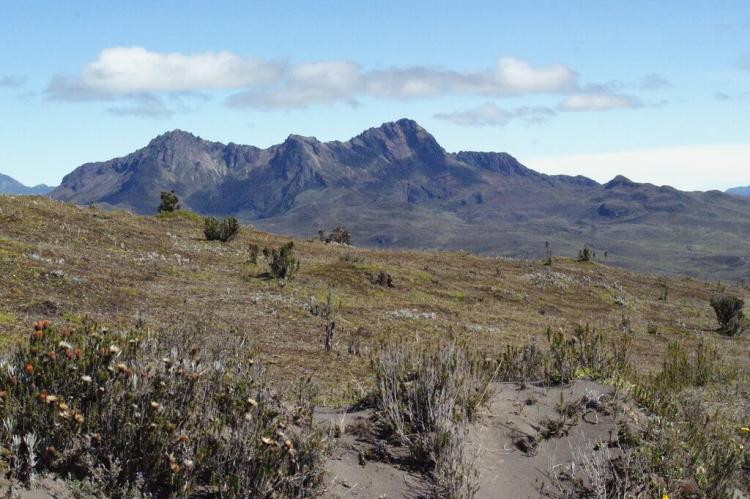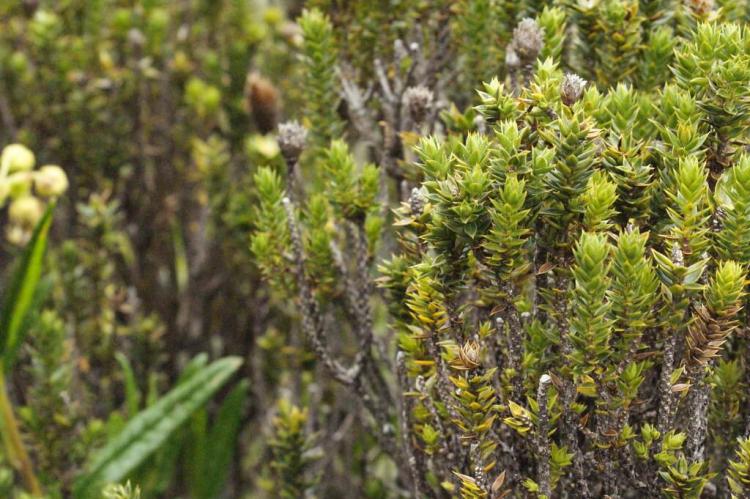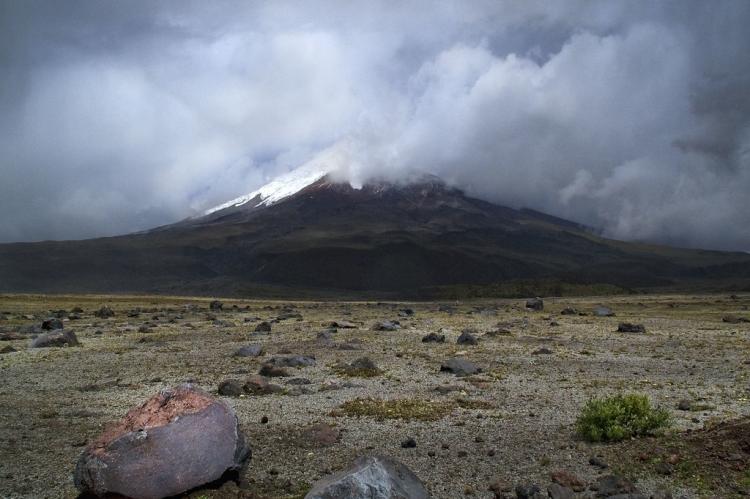Cotopaxi National Park: Ecuador’s Iconic Volcano and Ecological Marvel
Cotopaxi National Park is located in the heart of the Andes and showcases Ecuador's commitment to preserving its distinctive natural heritage. It is renowned for the iconic Cotopaxi Volcano. Its diverse ecosystems and striking volcanic formations draw nature enthusiasts, adventurers, and scientists.
Beneath the Snow-Capped Cotopaxi: Exploring Ecuador's Natural and Volcanic Heritage
Located in the heart of the Ecuadorian Andes, Cotopaxi National Park is a beacon of Ecuador's commitment to preserving its unique natural heritage. Established in 1975 and spanning an area of 33,393 hectares (82,516 acres), the park is home to one of the world's most iconic stratovolcanoes—the towering Cotopaxi Volcano. Just 50 kilometers (30 miles) south of Ecuador's capital, Quito, the park's dramatic landscapes, diverse ecosystems, and imposing volcanic features attract nature lovers, adventurers, and scientists alike.
Cotopaxi Volcano: The Majestic Centerpiece
At the heart of the national park is the Cotopaxi Volcano, rising to an impressive height of 5,897 meters (19,347 feet), making it Ecuador's second-highest peak. Known for its near-perfect conical shape, Cotopaxi is a symbol of geological beauty and raw power. It is also an active stratovolcano with a storied history of eruptions, earning it a significant place within the Pacific Ring of Fire—a region famous for frequent volcanic activity and earthquakes.
The volcano's summit is covered by a glacial cap, whose pristine white ice forms intricate patterns on the mountain's slopes, adding to the dramatic landscape. These glaciers give rise to breathtaking icefalls, offering a spectacular visual contrast to the rugged volcanic rock beneath. However, the glaciers of Cotopaxi, like many worldwide, are increasingly threatened by climate change, which accelerates their melting and retreat. Despite this, the volcano continues to captivate visitors with its snow-capped peak, often visible from miles away.
Ecosystems and Landscapes
Though the Cotopaxi Volcano is the main attraction, Cotopaxi National Park boasts diverse landscapes and ecosystems. The park's altitude variations create distinct ecological zones, each home to species specially adapted to the harsh, high-altitude environment.
Páramo: The High-Altitude Grasslands
At the highest elevations, the páramo ecosystem dominates, featuring grasses, shrubs, and cushion plants that can survive the cold, windy conditions. Among these is chuquiragua, also known as the mountaineer's flower, a hardy plant whose bright orange blooms stand out against the muted tones of the grasslands.
Andean Valleys and Plains
At lower elevations, Andean grasslands and plains give way to scenic valleys, such as the Limpiopungo Valley, where a glacial lake reflects the surrounding mountains. The Limpiopungo Lake is a popular destination for birdwatching and a serene spot to witness the beauty of the high Andes. The park's pristine forests are interspersed among the valleys, contributing to the richness of the region's ecosystems.
Flora and Fauna
The flora of Cotopaxi National Park is well-adapted to the extreme conditions of high altitude, where cold temperatures, strong winds, and intense sunlight prevail. The dominant vegetation includes páramo grasses, mosses, and lichens that thrive in the park's unique climate. The chuquiragua flower is a hallmark of the region, adding splashes of color to the otherwise muted landscape.
Cotopaxi National Park is also home to diverse wildlife, with species uniquely adapted to the challenging environmental conditions. Among the mammals inhabiting the park are Andean foxes, white-tailed deer, and rabbits. The park's avian population is particularly noteworthy, as it includes a variety of bird species, such as the striking carunculated caracaras, Andean gulls, and condors that soar over the park's rugged terrain. These species and others rely on the park's diverse ecosystems to survive.
Conservation and Environmental Challenges
The pristine beauty and ecological richness of Cotopaxi National Park come with significant conservation challenges. The park is increasingly vulnerable to threats from climate change, which affects the glaciers on Cotopaxi's summit and alters the ecosystems that depend on a stable climate. The glaciers are particularly sensitive indicators of climate change, as the rapid melting observed in recent years has raised concerns about water availability and the future of the park's natural resources.
Additionally, the impact of tourism is a growing concern, given the park's popularity as a destination for hikers, climbers, and nature enthusiasts. Ensuring that tourism remains sustainable while minimizing its effects on the environment is a critical priority for park managers. Furthermore, the potential for volcanic activity—with Cotopaxi being an active volcano—adds an element of unpredictability that requires ongoing monitoring and preparedness.
Conservation efforts are underway to address these challenges, including initiatives to engage local communities in protecting the park's ecosystems, promoting environmental education, and encouraging responsible tourism. These efforts aim to preserve the delicate balance between maintaining the park's natural beauty and supporting its ecological and geological significance.
Limpiopungo Valley: A Glacial Haven
One of the park's most scenic areas is the Limpiopungo Valley, which lies at the base of the Cotopaxi Volcano. This valley is characterized by its glacial lake—Limpiopungo Lake—set against the dramatic backdrop of the snow-covered Cotopaxi summit. The lake reflects the towering volcano and surrounding hills, creating a picturesque setting that draws visitors for its tranquility and the opportunity to observe wildlife. The valley is a vital habitat for birds such as Andean gulls and waterfowl, making it a prime spot for birdwatching.
The Scientific Significance of Cotopaxi
As one of the world's highest active volcanoes, Cotopaxi holds considerable scientific interest for its geology and the interaction between its volcanic processes and surrounding ecosystems. Researchers monitor Cotopaxi for signs of volcanic activity, studying the glacier dynamics and the impact of volcanic eruptions on local flora and fauna. The park provides valuable insights into volcanic ecology, where life thrives in proximity to active geological forces.
Conclusion
Cotopaxi National Park offers a stunning blend of natural beauty, diverse ecosystems, and geological wonder. Dominated by the majestic Cotopaxi Volcano, the park's landscapes range from the high-altitude páramo and its hardy vegetation to serene glacial lakes and valleys. Its diverse flora and fauna showcase nature's resilience in extreme conditions, while the looming presence of Cotopaxi reminds visitors of the planet's raw geological power.
As one of Ecuador's most famous national parks, Cotopaxi is more than just a tourist destination—it is a critical region for conservation and scientific research. Through ongoing conservation efforts and responsible tourism, the park continues to serve as a model of how protected areas can preserve the delicate balance between nature's beauty and the forces that shape it.
